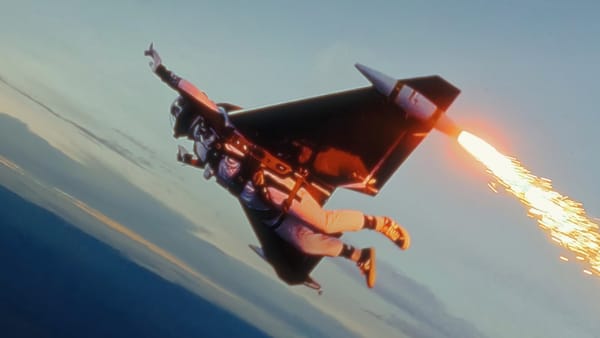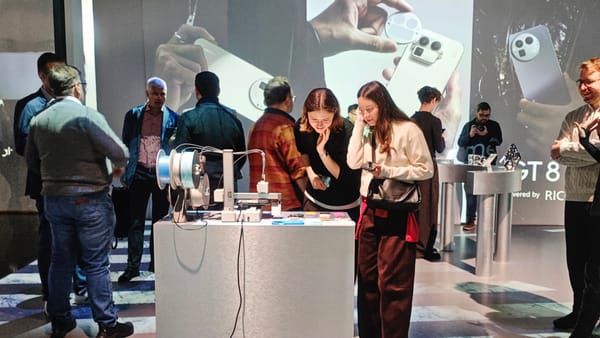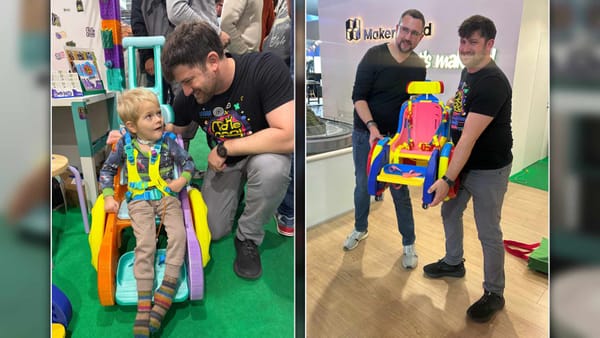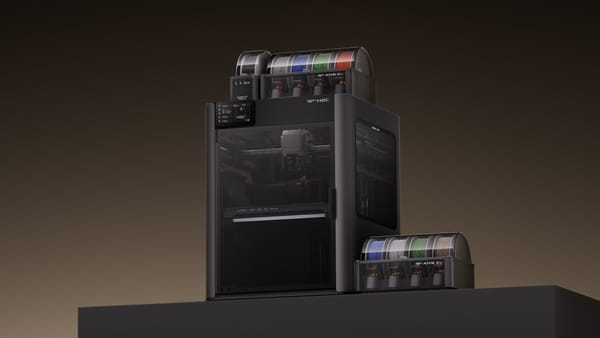Driving Engagement and Creativity in K-12 Classrooms
From snowflakes to Rube Goldberg machines, 3D printing is making learning fun, creative, and hands-on at Calexico Unified.

In a border town where many students face socioeconomic challenges, Calexico Unified School District (CUSD) has found a way to get students excited and engaged in the classroom.
By bringing 3D printing into their schools, the district is creating a learning environment where students show up eager to participate and explore their full potential.
“When they see their designs come to life, they light up. They’re proud of what they’ve accomplished, and that confidence carries over into other areas of learning.” – Jesús Huerta, Educational technology coach at CUSD
The journey starts early, with students as young as second grade exploring 3D modeling through tools like Tinkercad. For example, students design and print their own desk organizers, bringing practical creativity into the classroom.
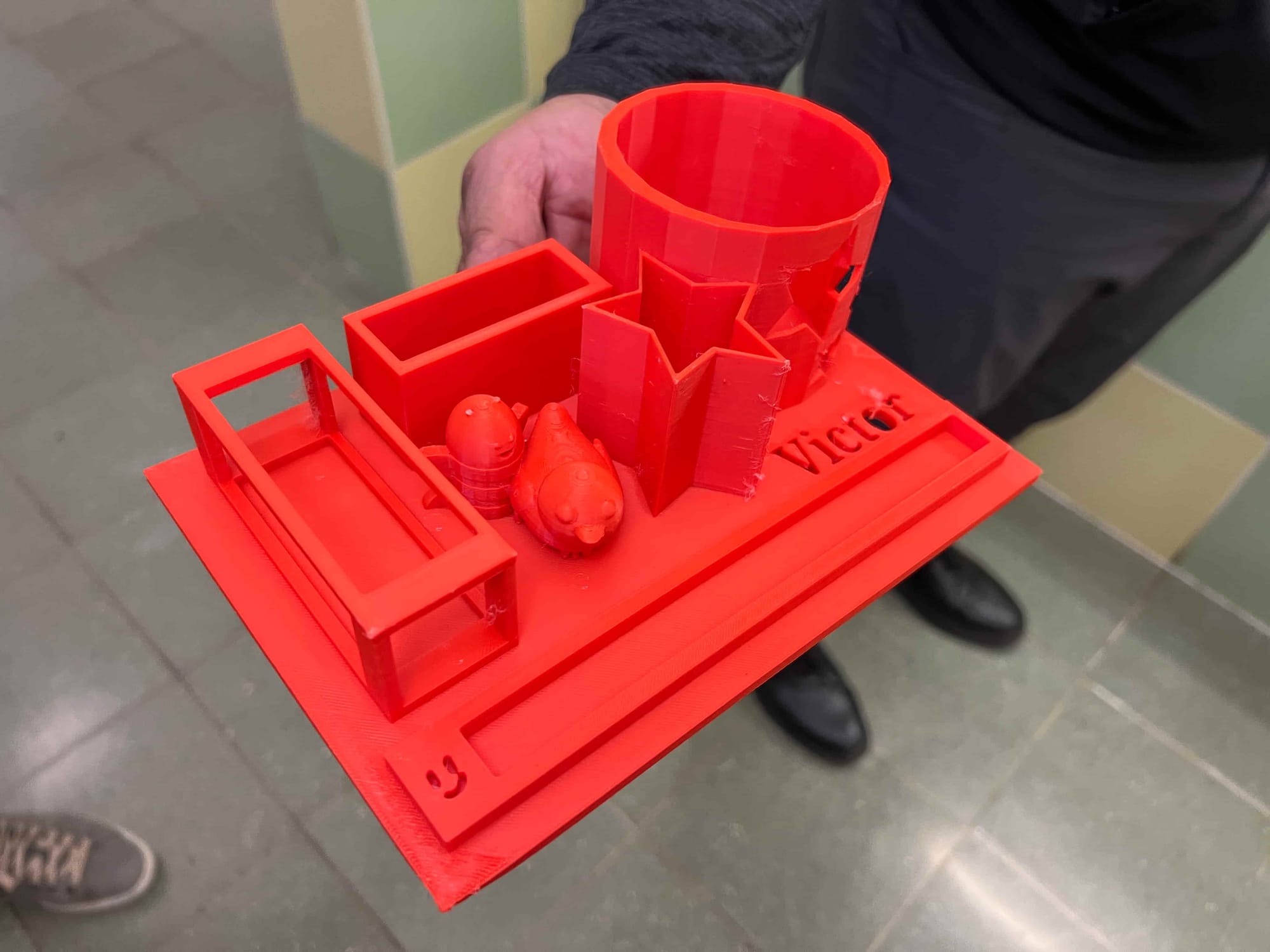
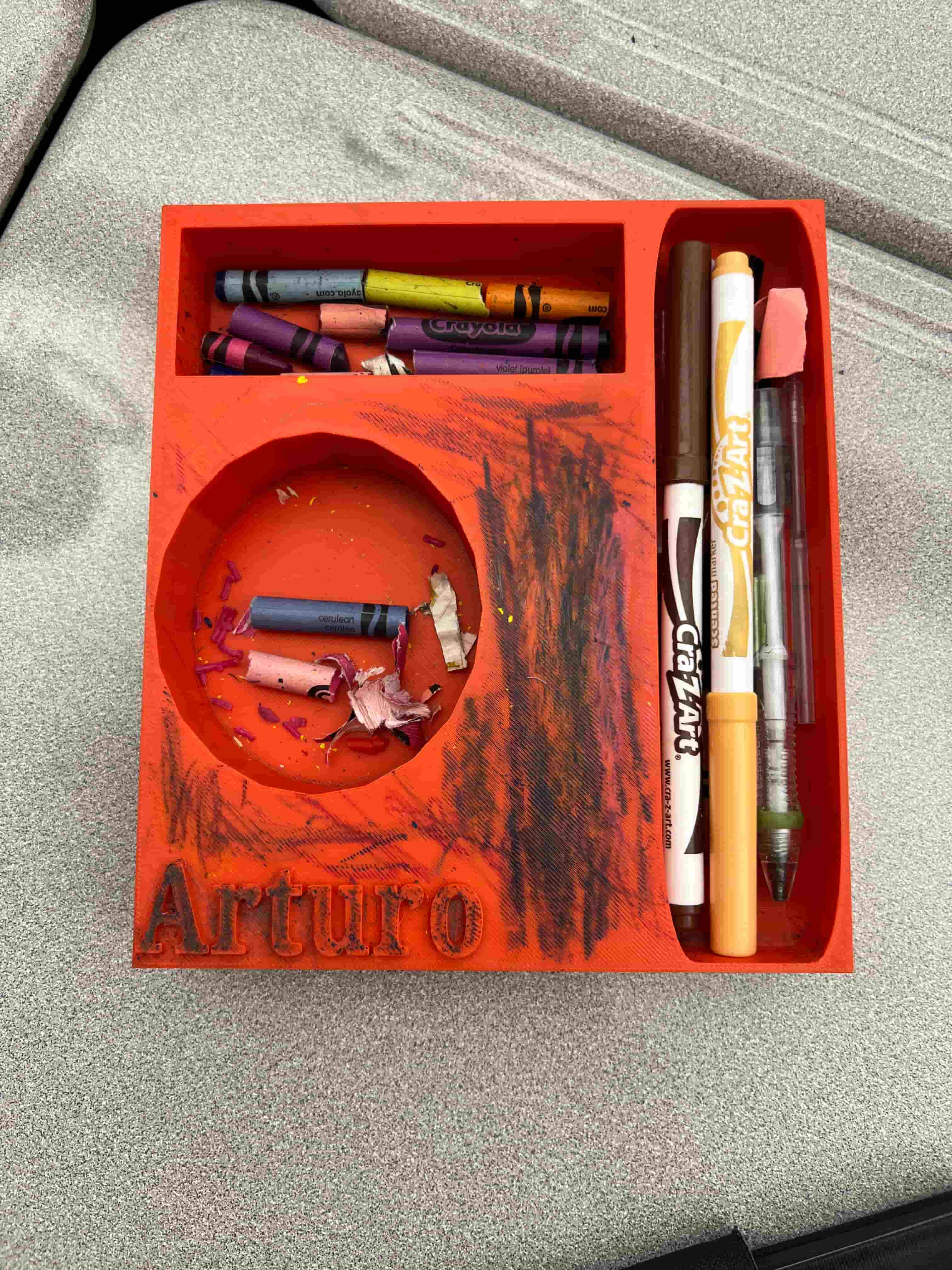
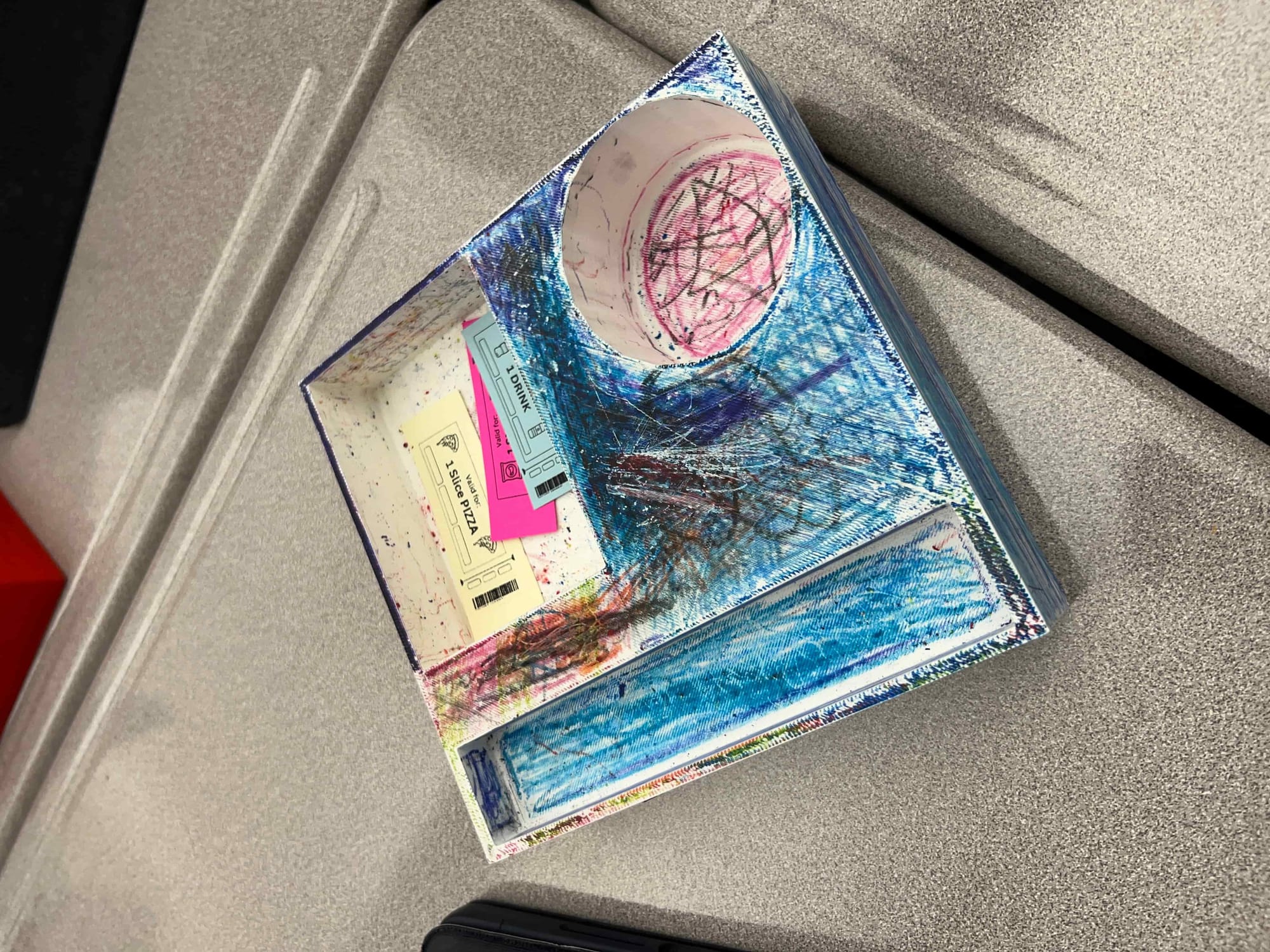
A few custom desk organizers that the students made.
It’s through these early projects that they begin to grasp key design principles and gain confidence turning ideas into tangible objects.
By the time they reach high school, students are ready to tackle advanced software like Blender and Fusion 360, unlocking more complex possibilities.
“It’s amazing to see the growth,” says Jesús Huerta, CUSD’s tech coach. “We’re preparing students to be confident and capable as they take on more advanced challenges.”
Boosting Attendance and Engagement
For many students at CUSD, 3D printing has become more than just a classroom tool; it’s a reason to show up and participate. Teachers have noticed how this hands-on technology has boosted both student attendance and engagement.
Special education teacher Fernanda Flores, for example, created a reward system to encourage students reluctant to come to school.
“I told them, ‘If you come to school every day this week, I’ll print something for you on Friday,’” she explains. “Now, they’re excited to come back, knowing there’s something special waiting for them.”
Fernanda also uses 3D printing to make lessons more engaging and accessible. “We talked about snowflakes, something they’ve never seen here in the valley because it doesn’t snow,” she says.
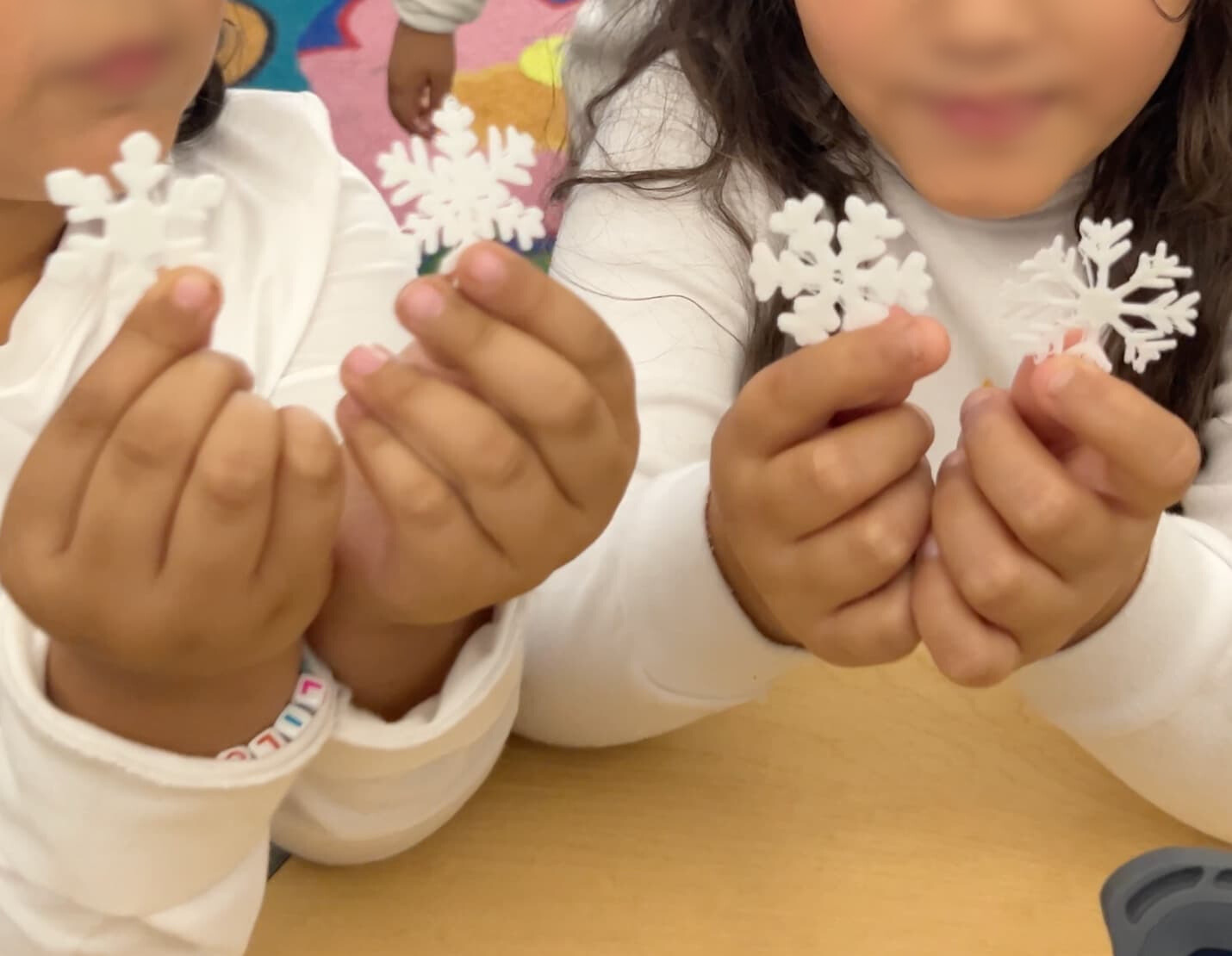
While Fernanda’s reward system brings abstract concepts to life for younger students, Juan Carlos Dominguez is leveraging 3D printing to deepen historical understanding in his sixth-grade class. His students created their own hieroglyphics based on lessons about ancient Egypt.
“We had students draw hieroglyphics that spelled their names,” he shares. “They converted their drawings into files that the printer could recognize and made medallions. It connected what they were learning in history to something tangible and creative.”
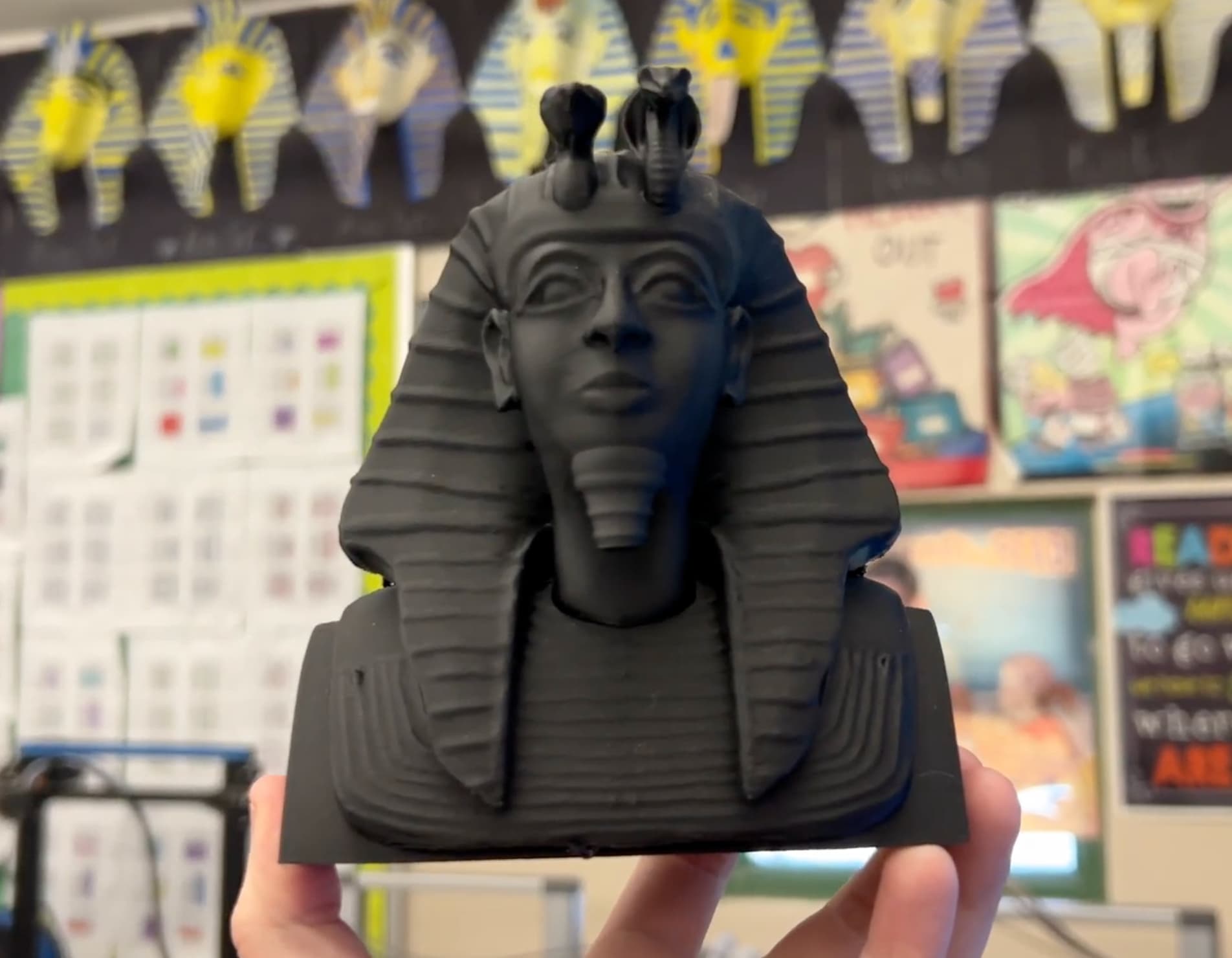
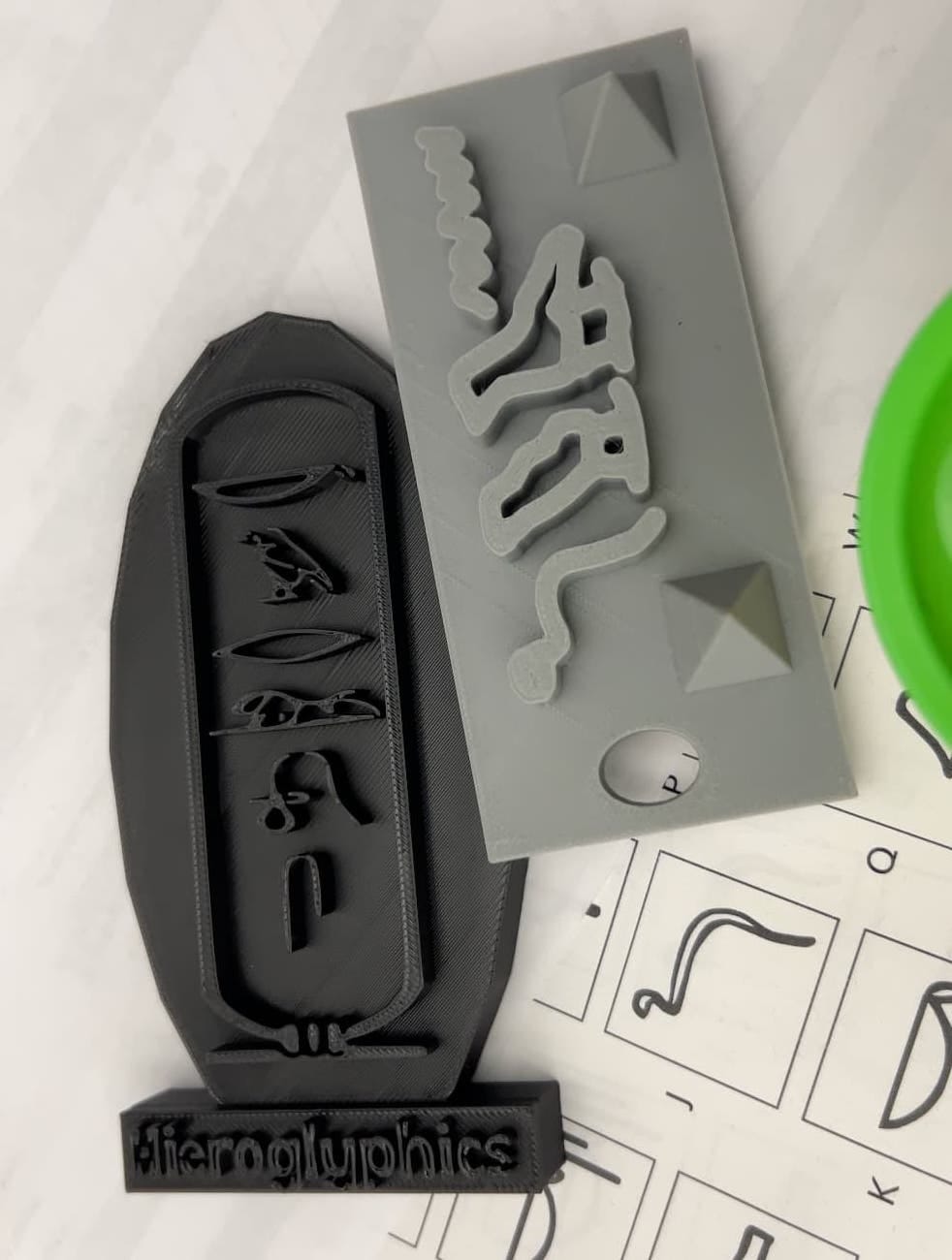
3D prints bringing another dimension to the students’ Egyptian history lessons.
Juan Carlos’ students have printed other artifacts, too, like Easter Island Moai heads, Mayan pyramids, and more. Through these prints, students gain a deeper appreciation for history while also developing skills in design and 3D modeling.
For Fernanda and Juan Carlos, the result is a classroom where students are not only excited to attend but also eager to learn. Juan Carlos has even noticed increased participation in his optional Saturday school sessions, drawn by the chance to win 3D printed toys.
Empowering Creativity and Entrepreneurial Thinking
CUSD is leveraging 3D printing to inspire creativity and teach students valuable life skills like problem-solving, collaboration, and entrepreneurship.
In one particularly engaging project, students used 3D printing to design characters and props for stop-motion animation. “Stop motion is such a creative medium,” explains Jesús Huerta, CUSD’s tech coach. “It combines storytelling, engineering, and artistic skills into a single project. The students love seeing their ideas come to life.”
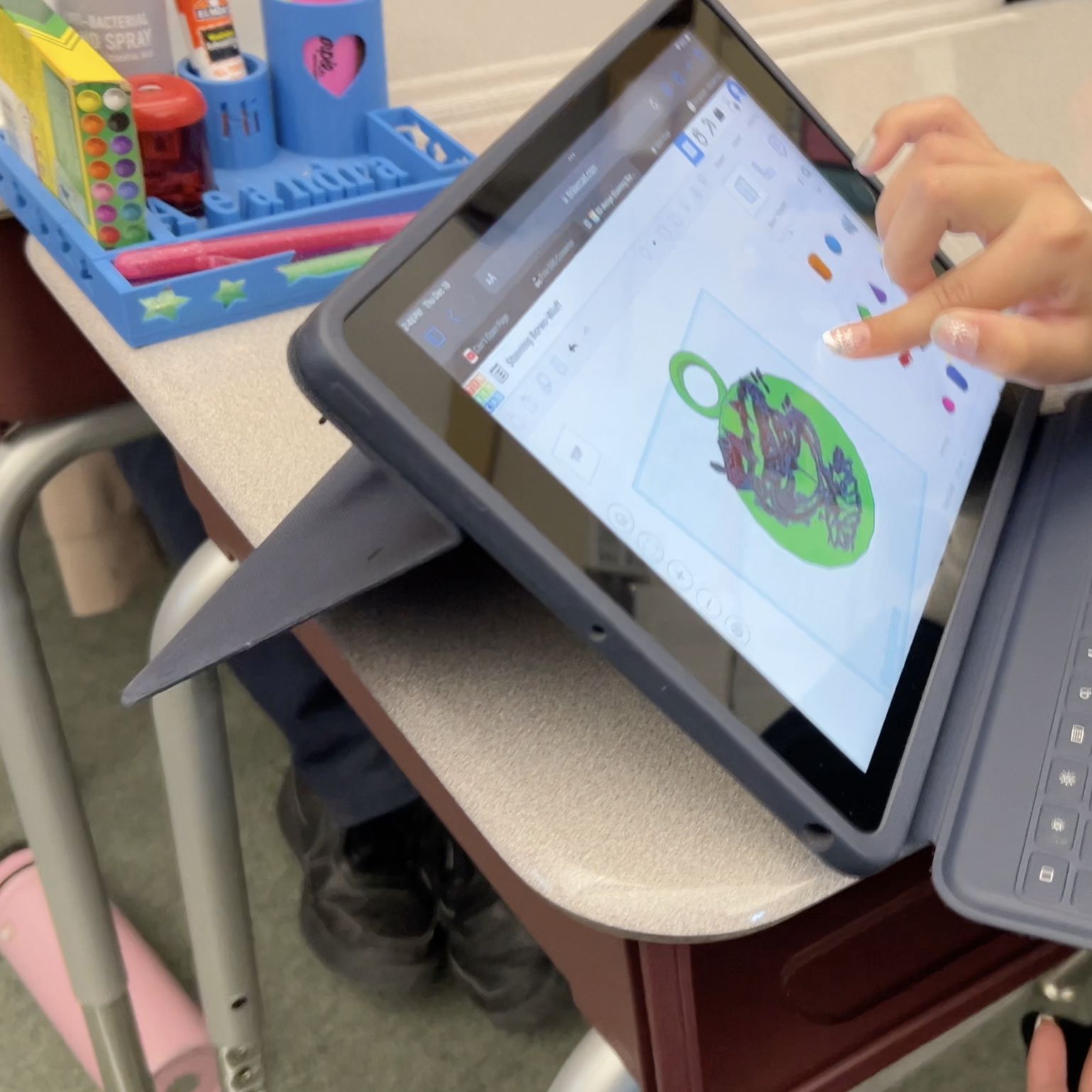
Students have also used 3D printing to construct elements for Rube Goldberg machines, integrating physics and engineering concepts into a playful yet challenging project.
“They’re designing custom parts– gears, ramps, and contraptions– and then testing how each piece works together,” Jesús shares. “It’s a great way to combine creativity with critical thinking.”
Beyond creative projects, 3D printing is preparing students to think like entrepreneurs. Several teachers guide their classes through the process of designing, marketing, and even selling custom 3D printed products.
From crafting simple tools to creating products for small businesses, CUSD is helping students build entrepreneurial mindsets that will serve them well into the future.
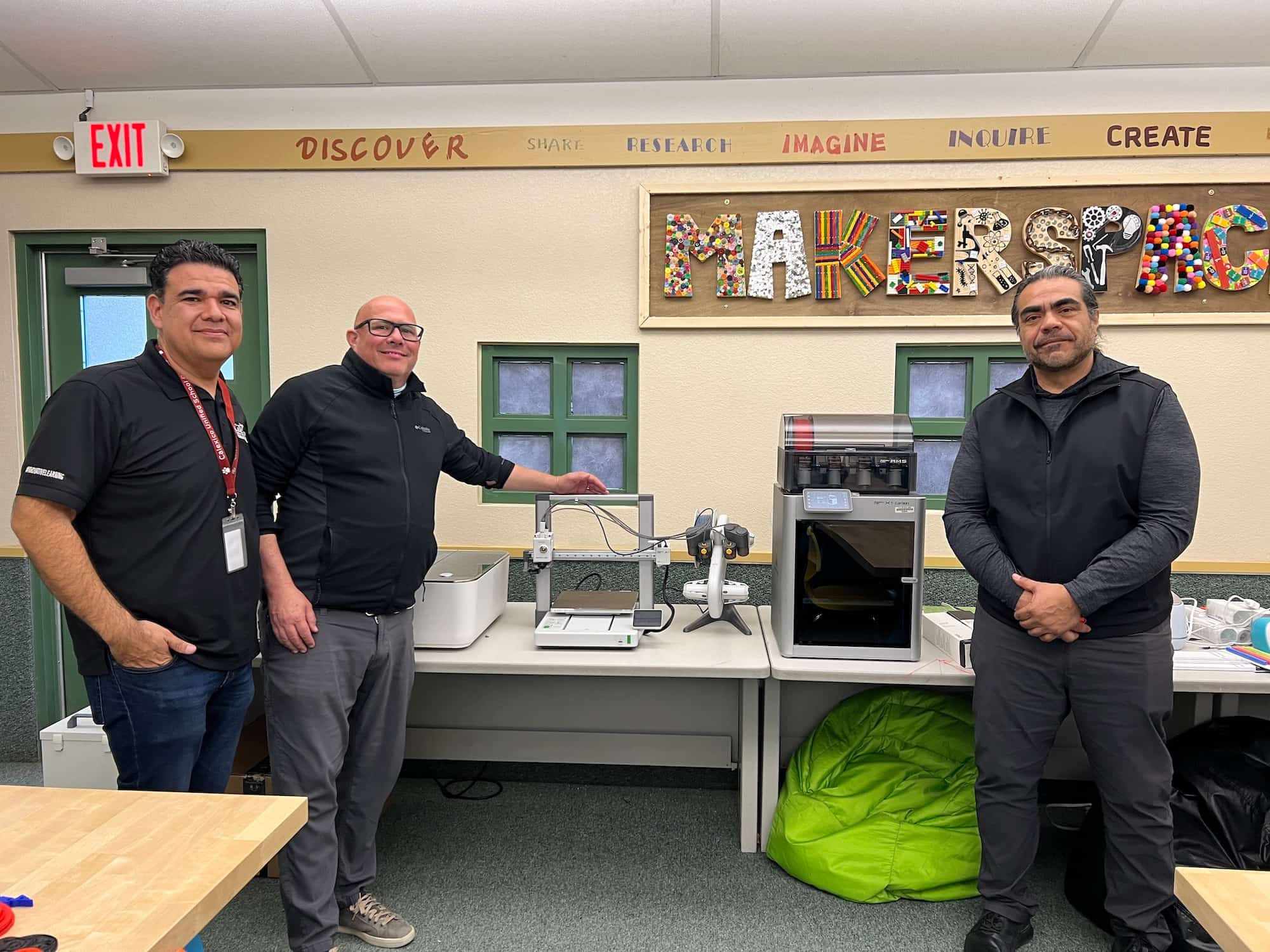
Bring 3D Printing to Your School
CUSD shows how 3D printing can make a real difference in K-12 classrooms: increasing engagement, boosting creativity, and giving students the tools (and desire) to explore their potential. From hands-on learning to entrepreneurial projects, it unlocks inspiration for both students and teachers.
This uplifting story came to us from Matterhackers, who’ve played a big role in helping schools like CUSD bring 3D printing to life. Want to try something similar? Their team’s a great place to start.

